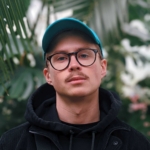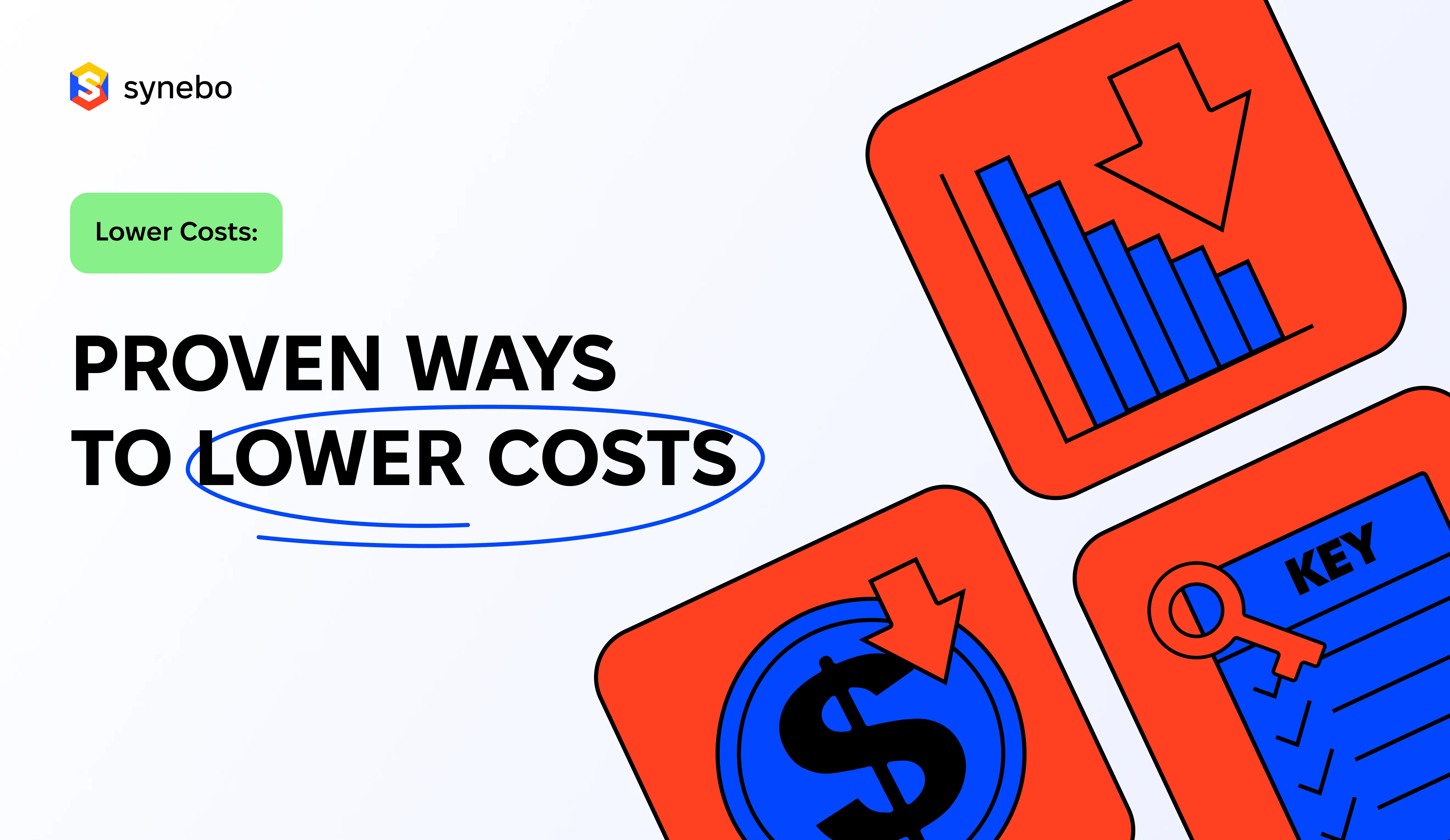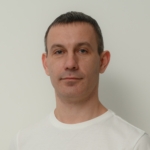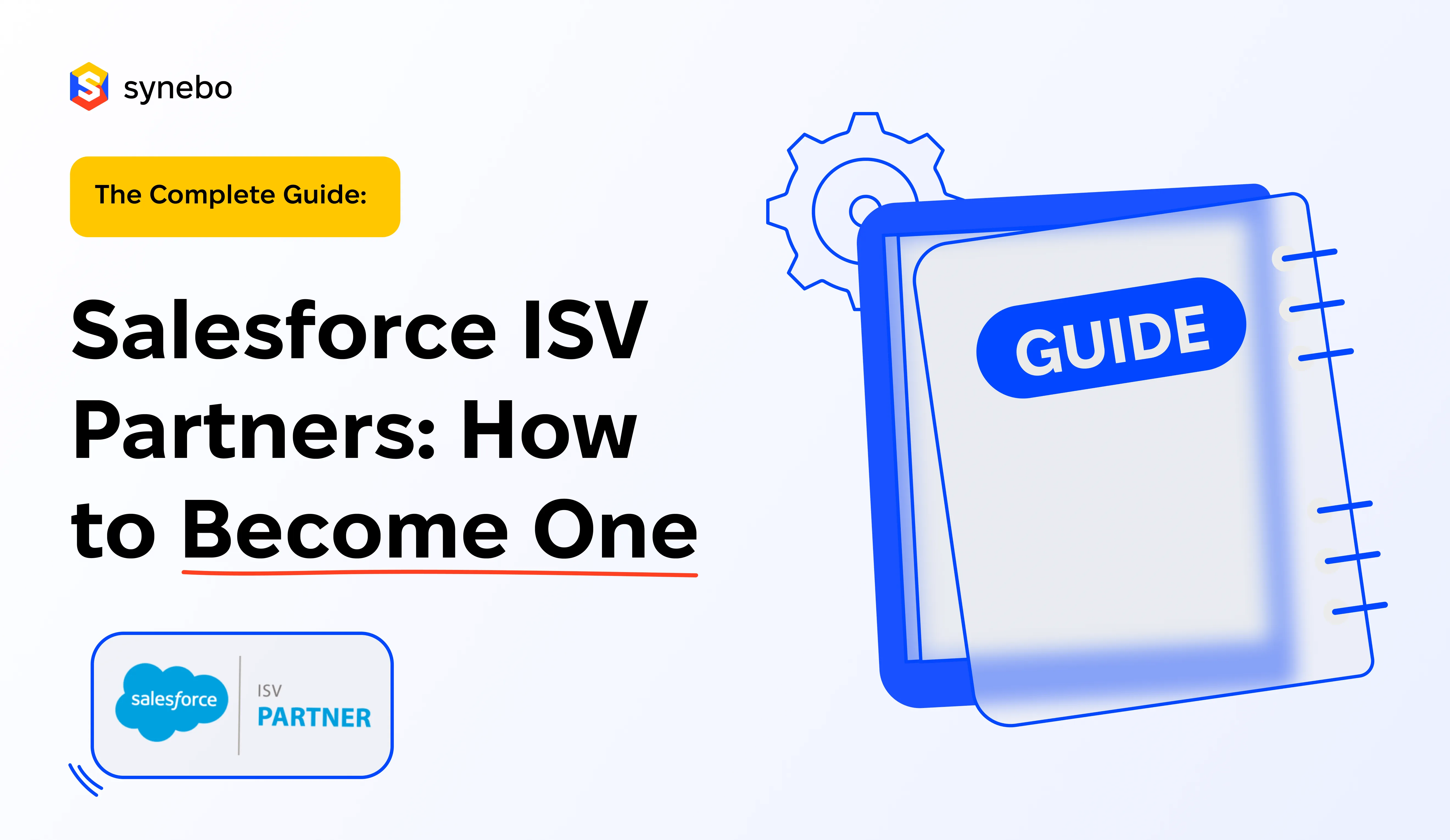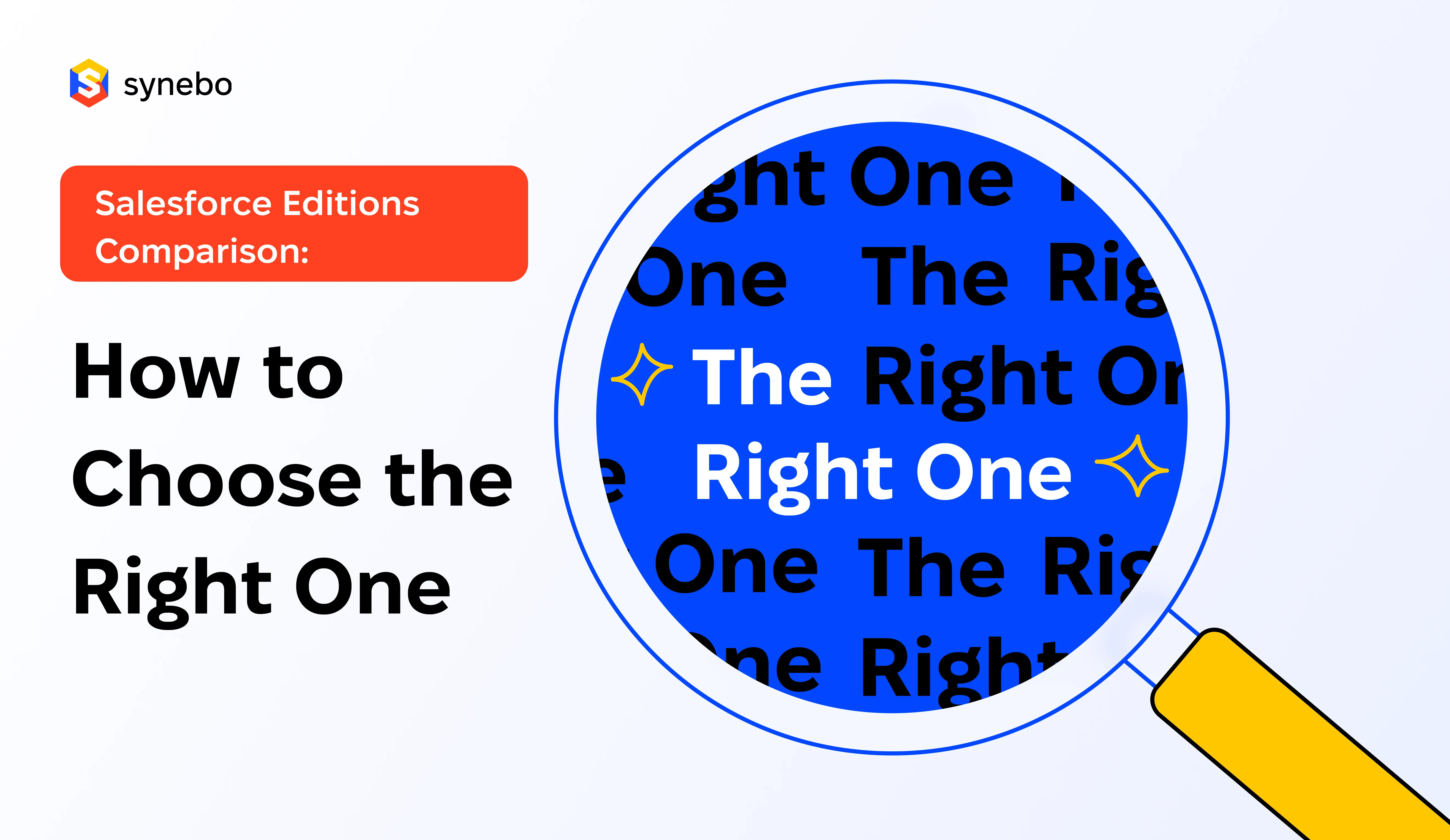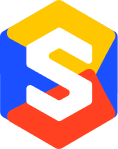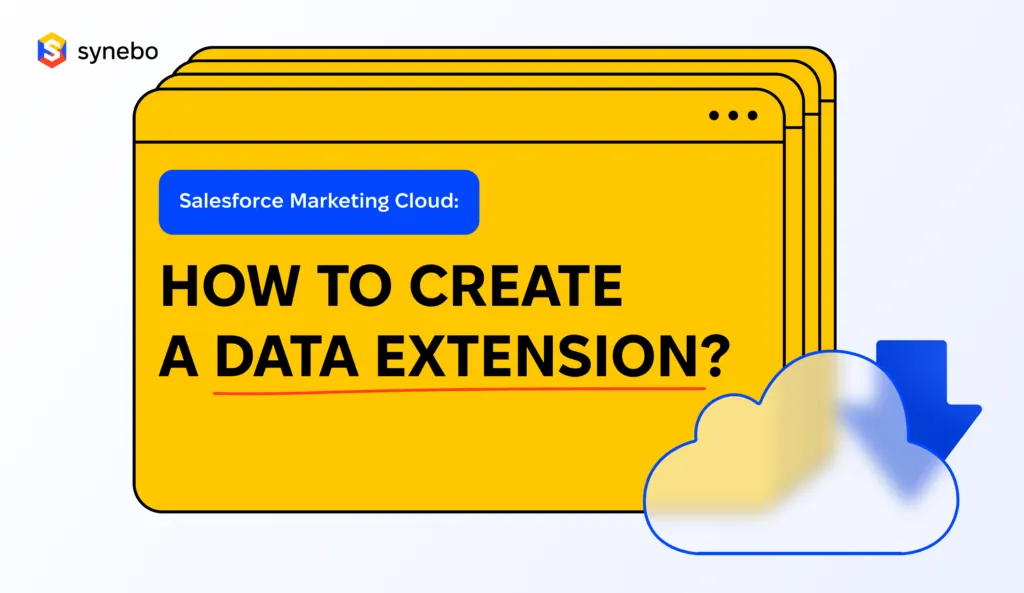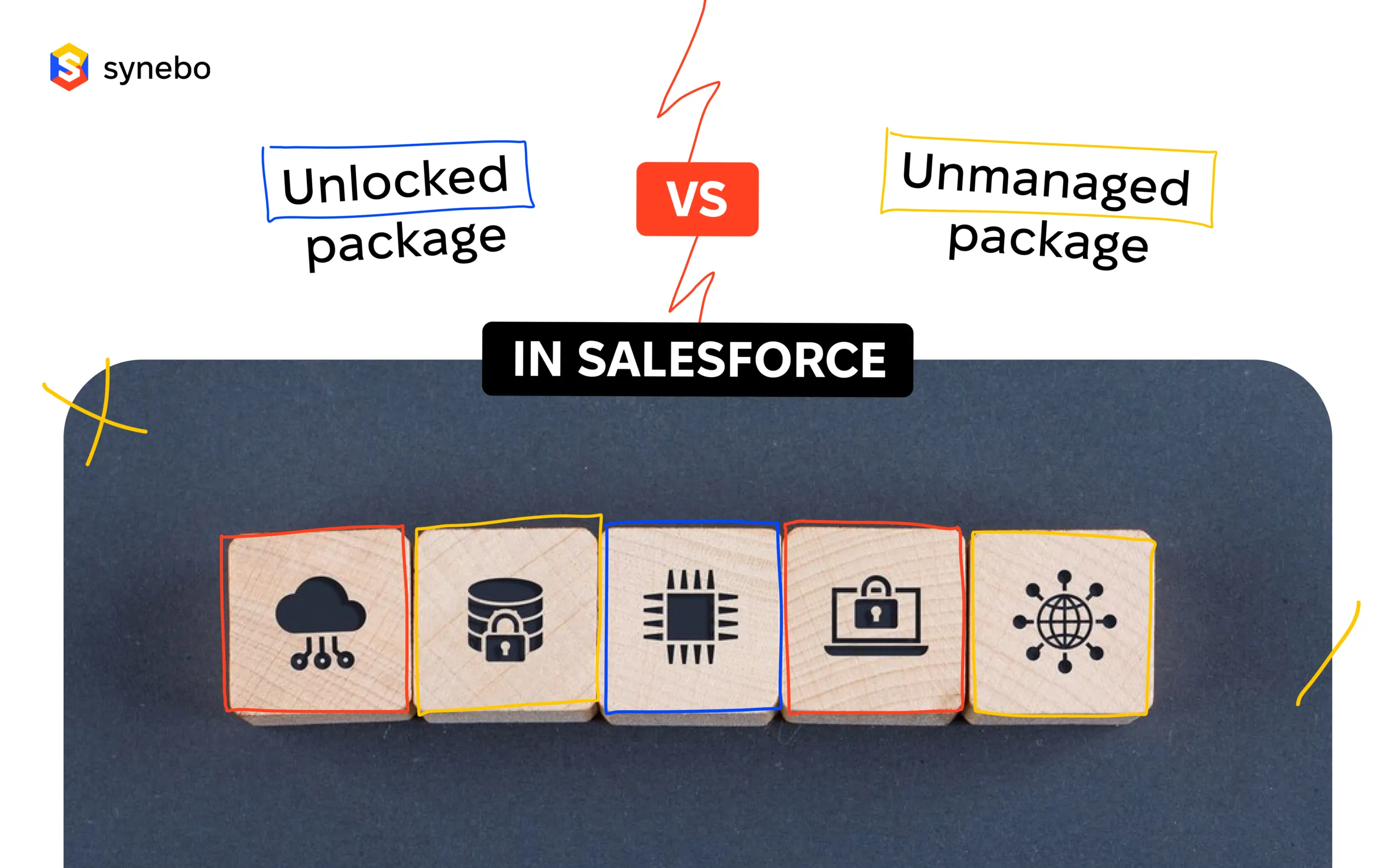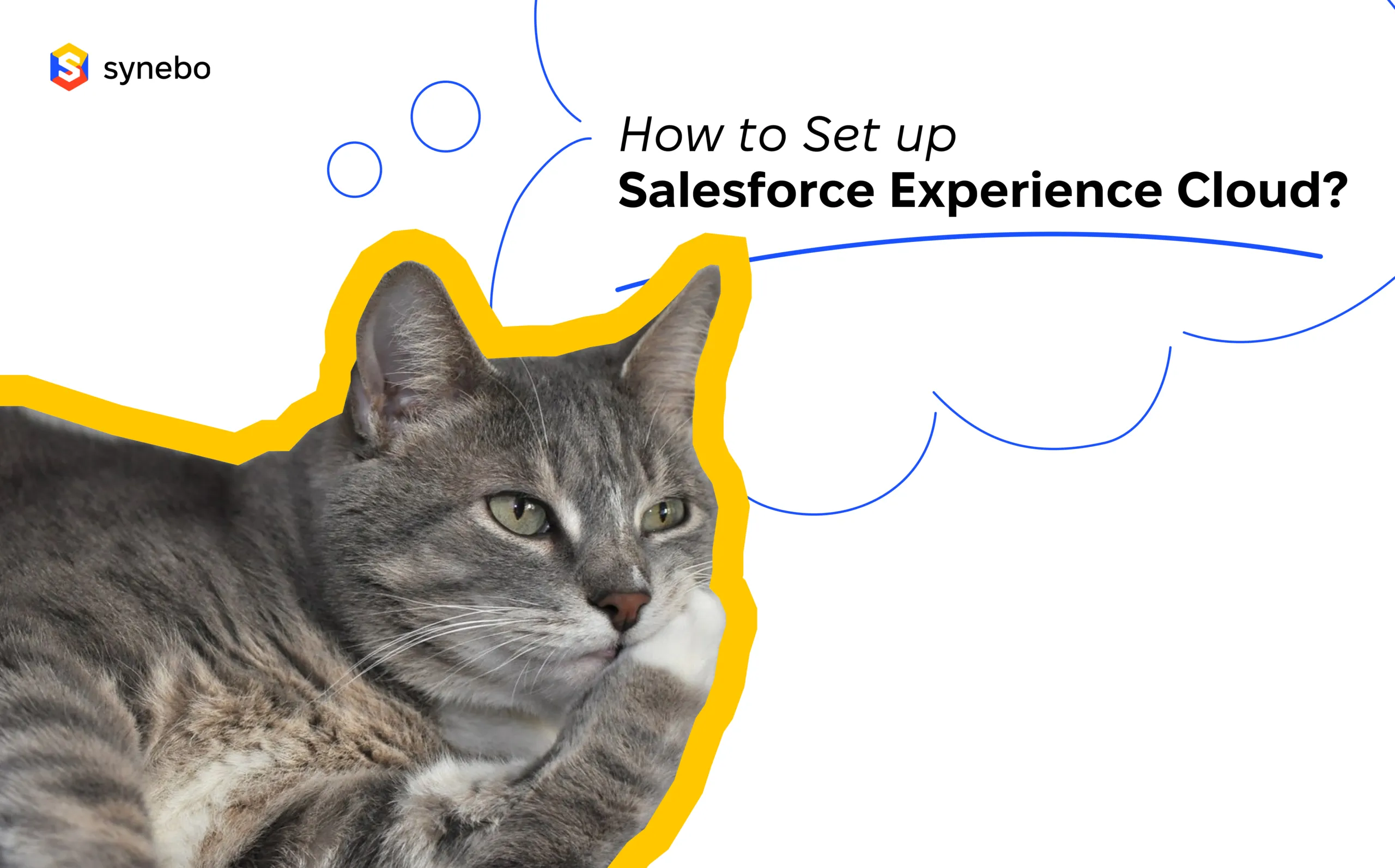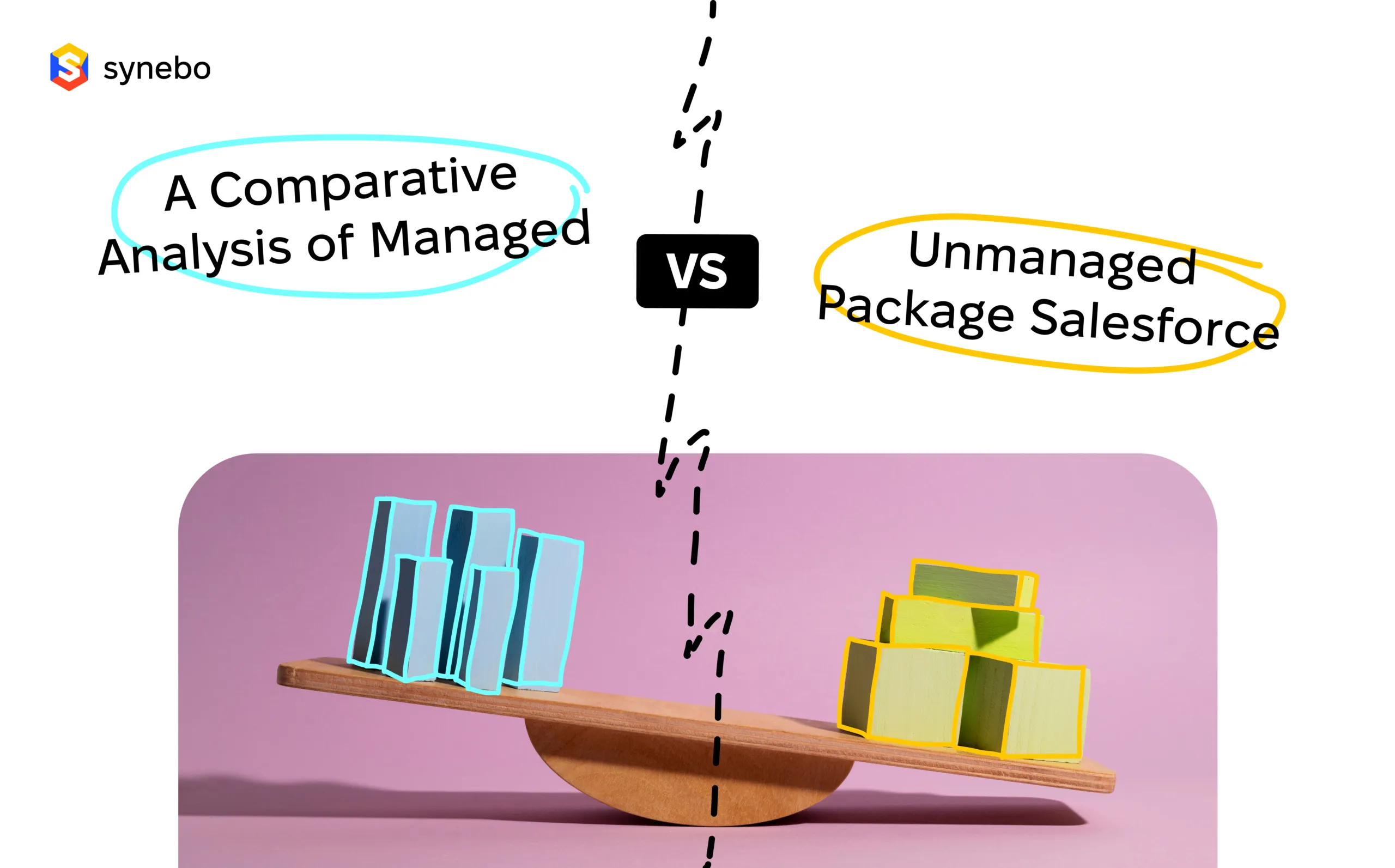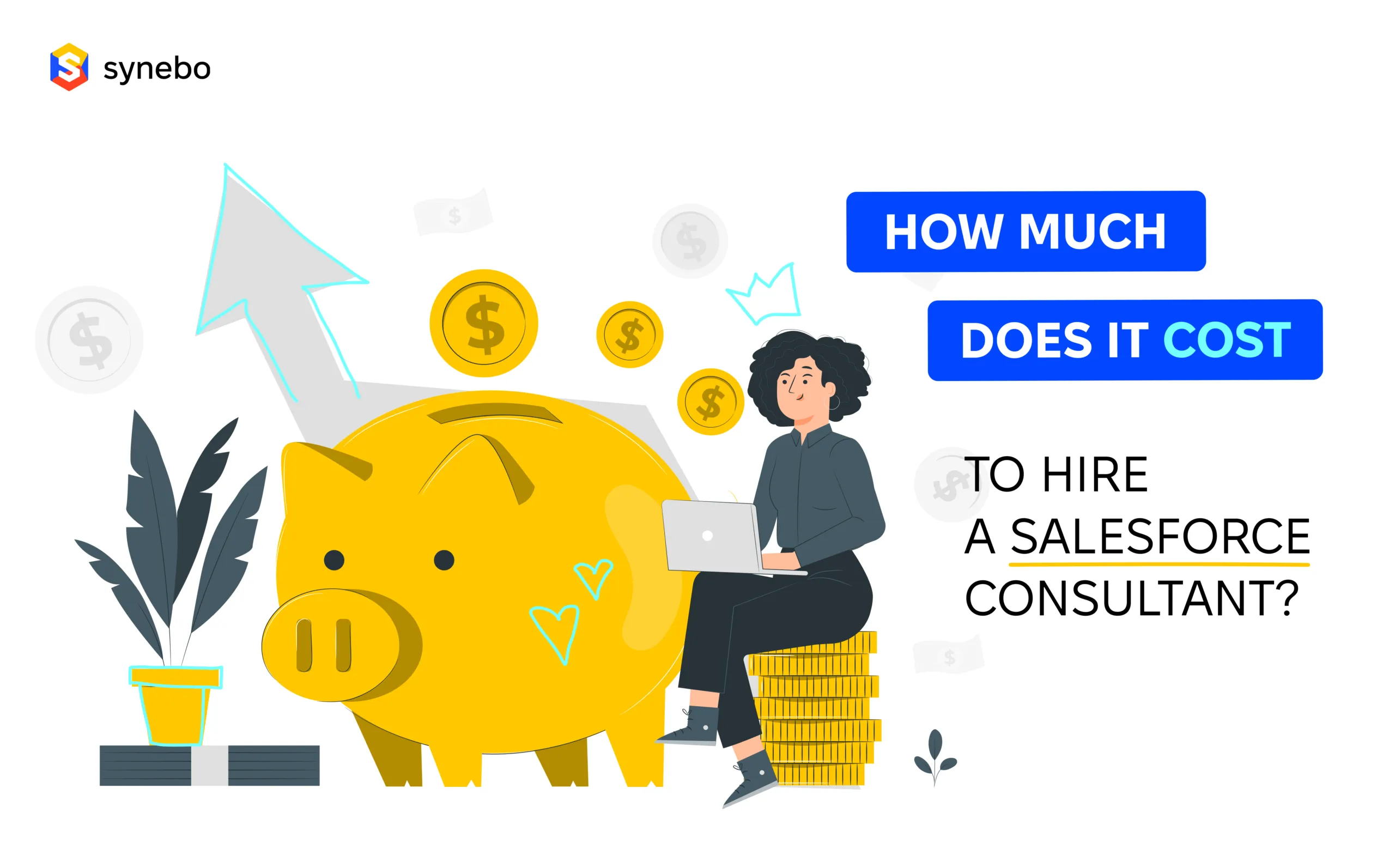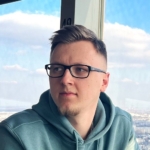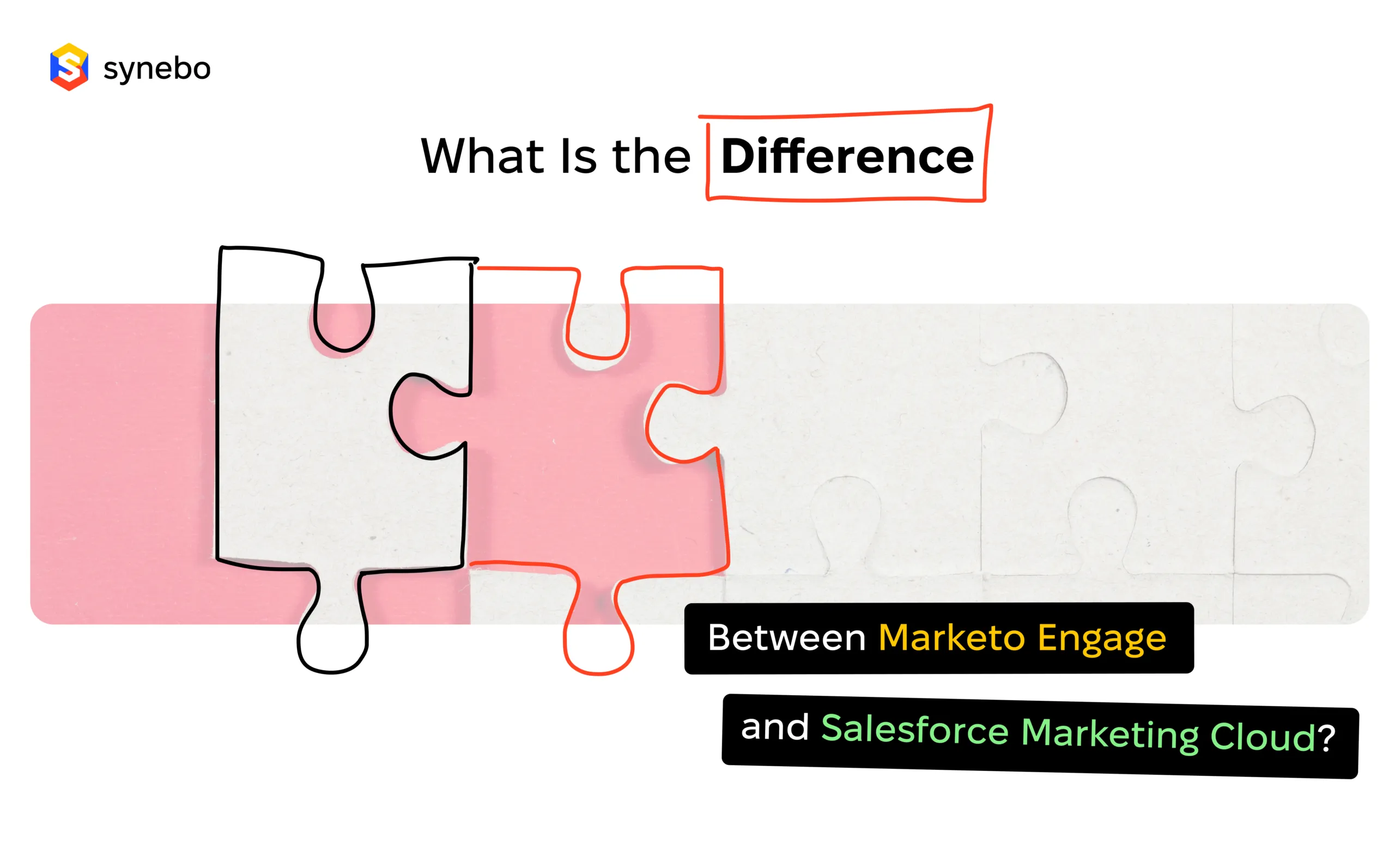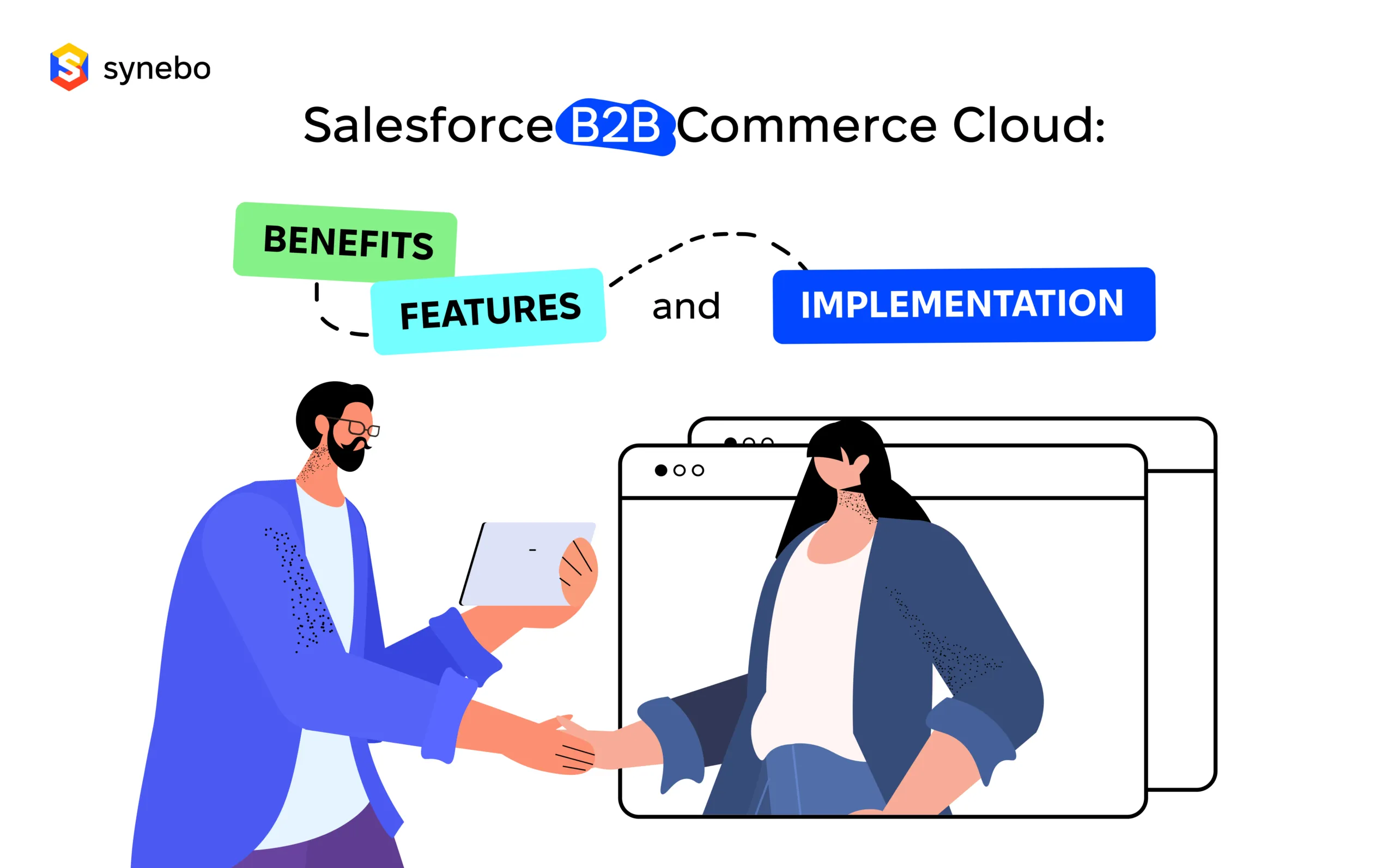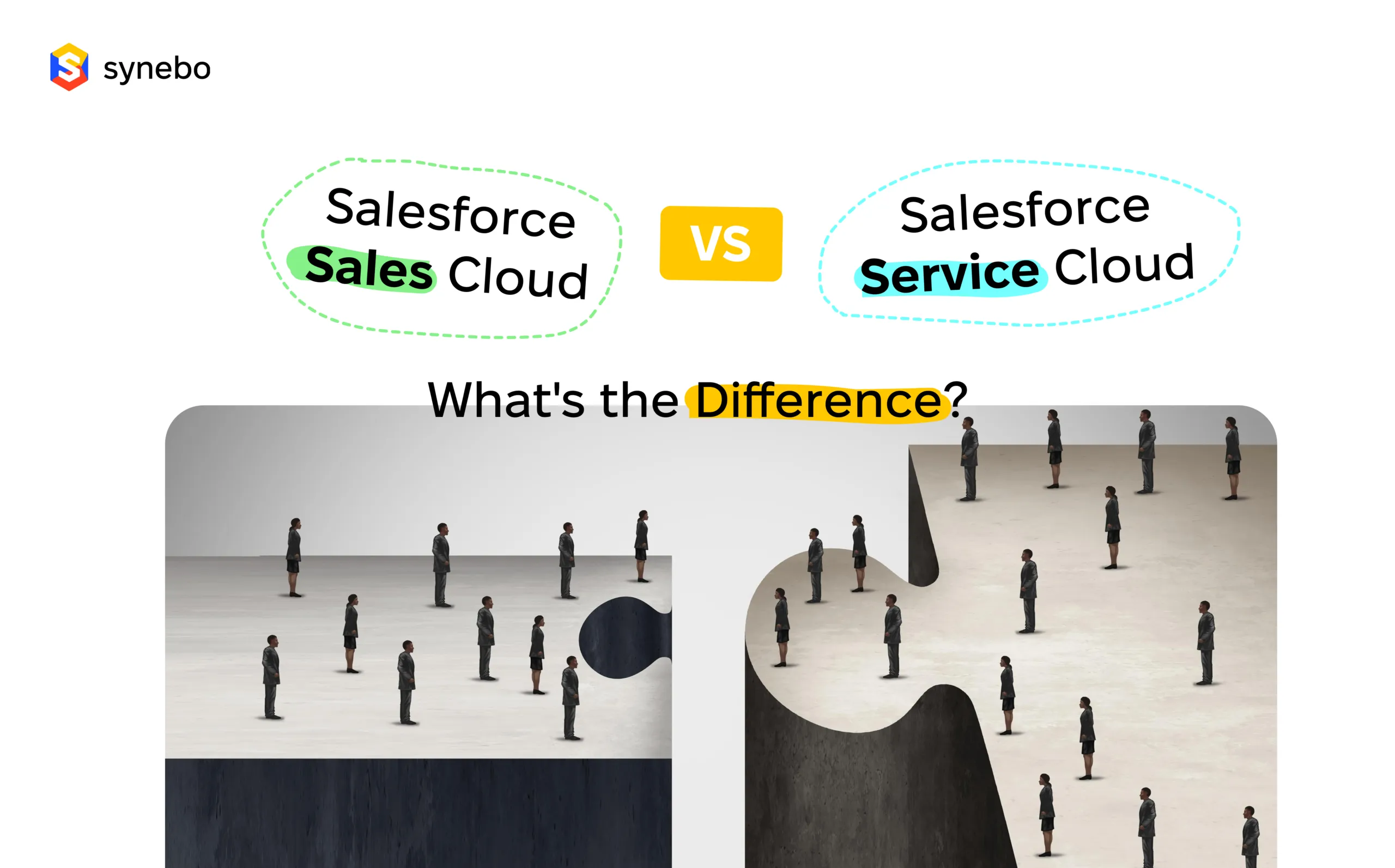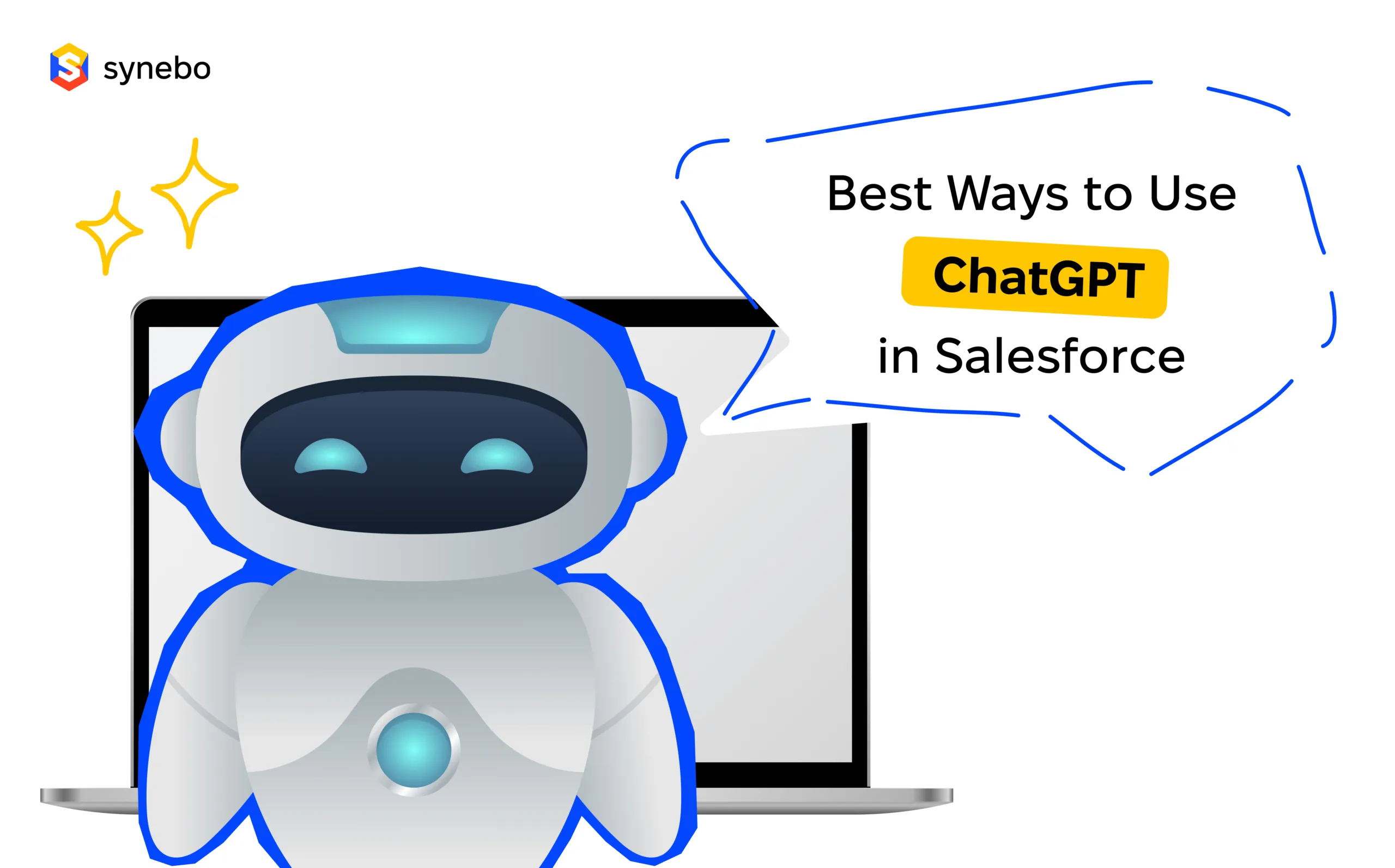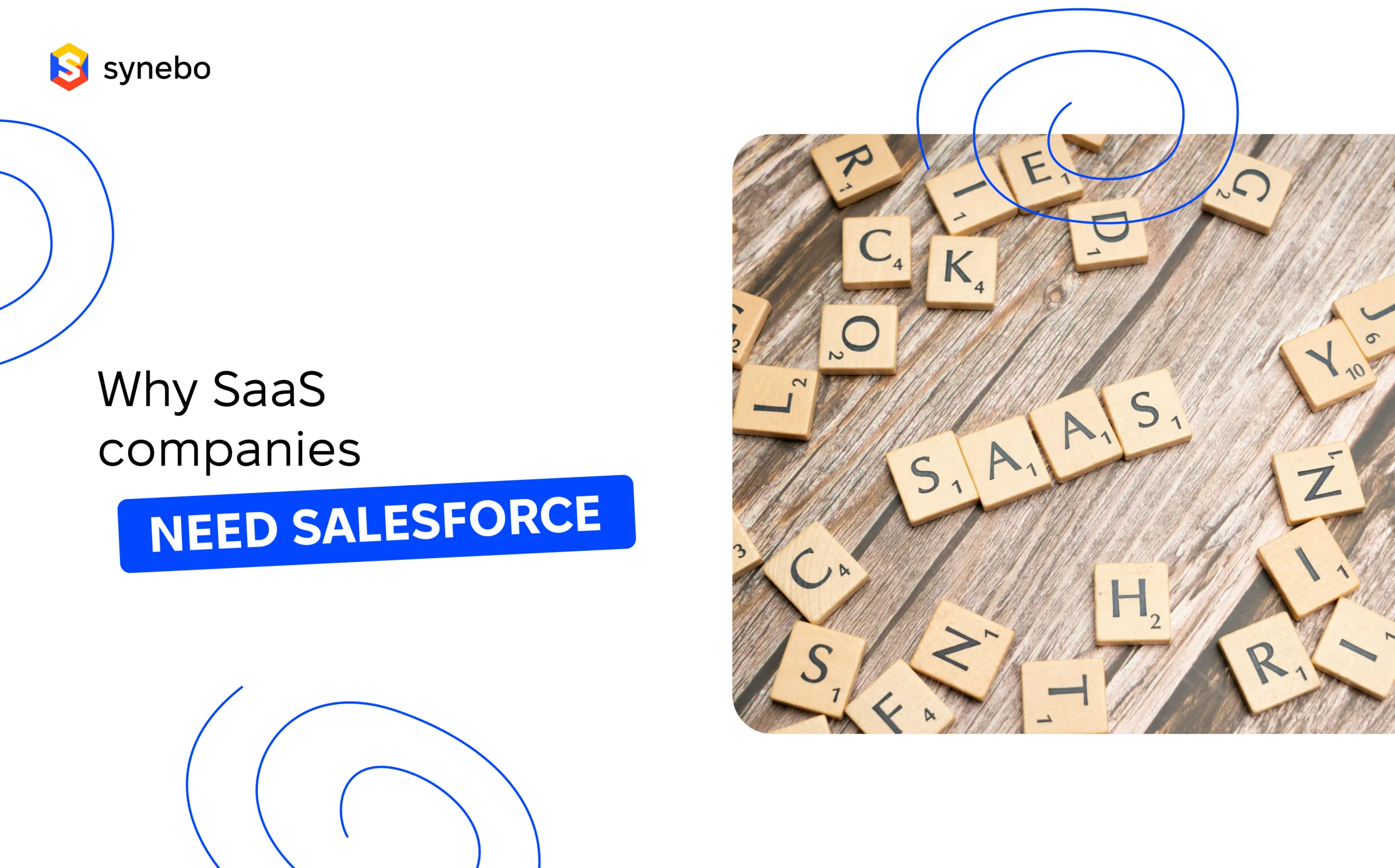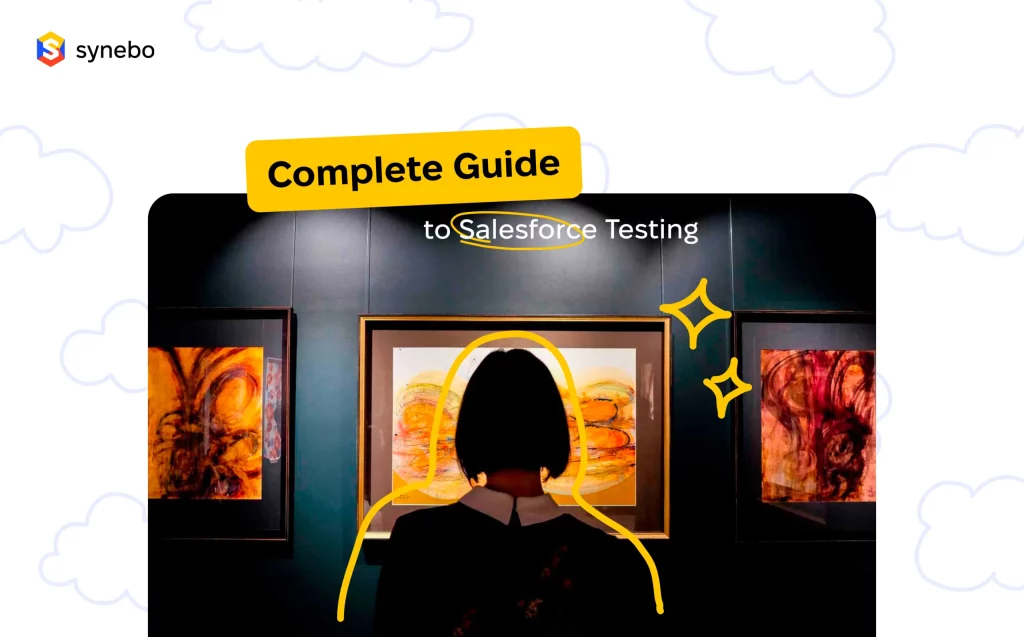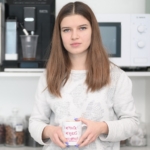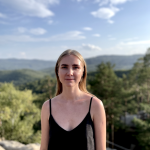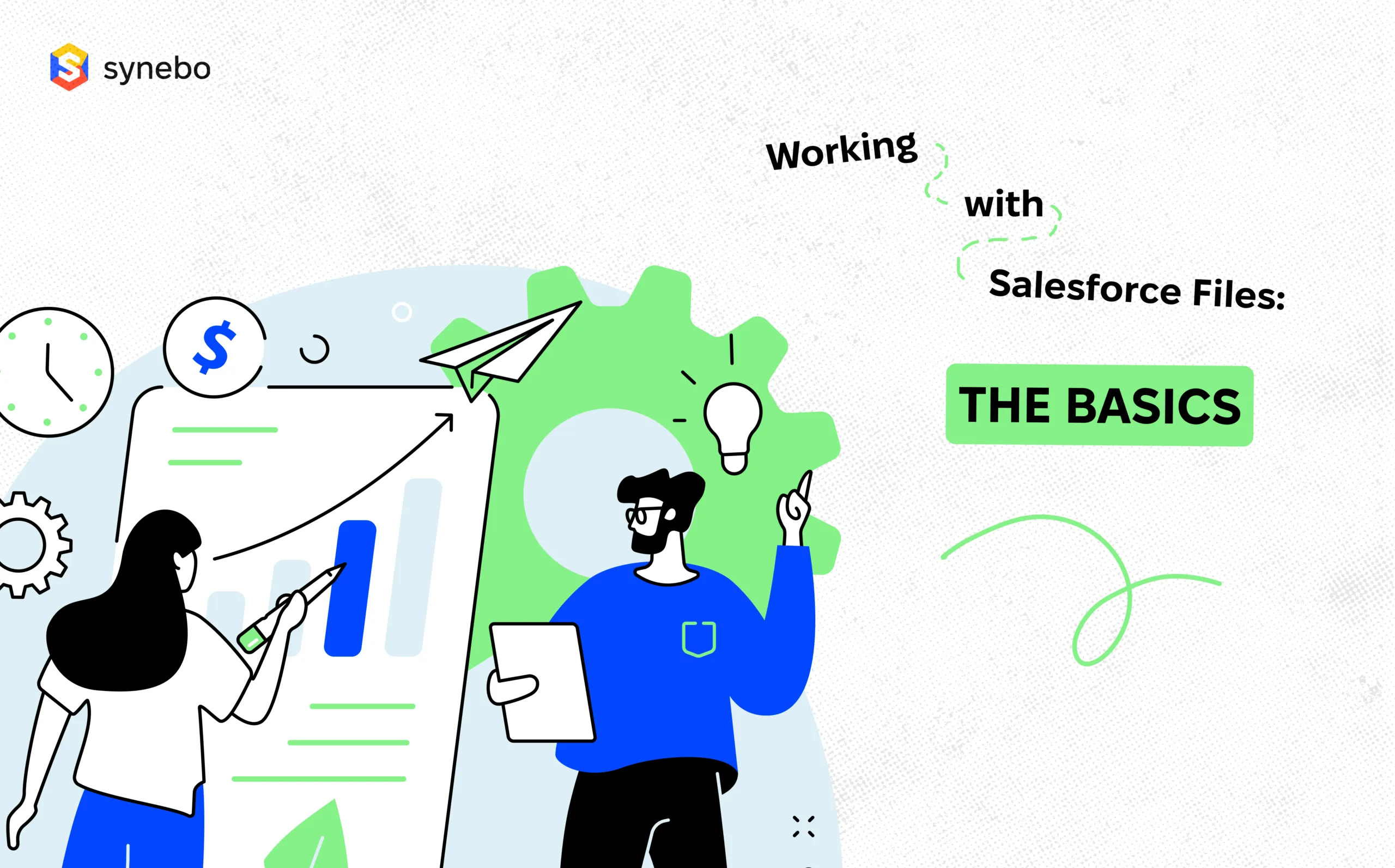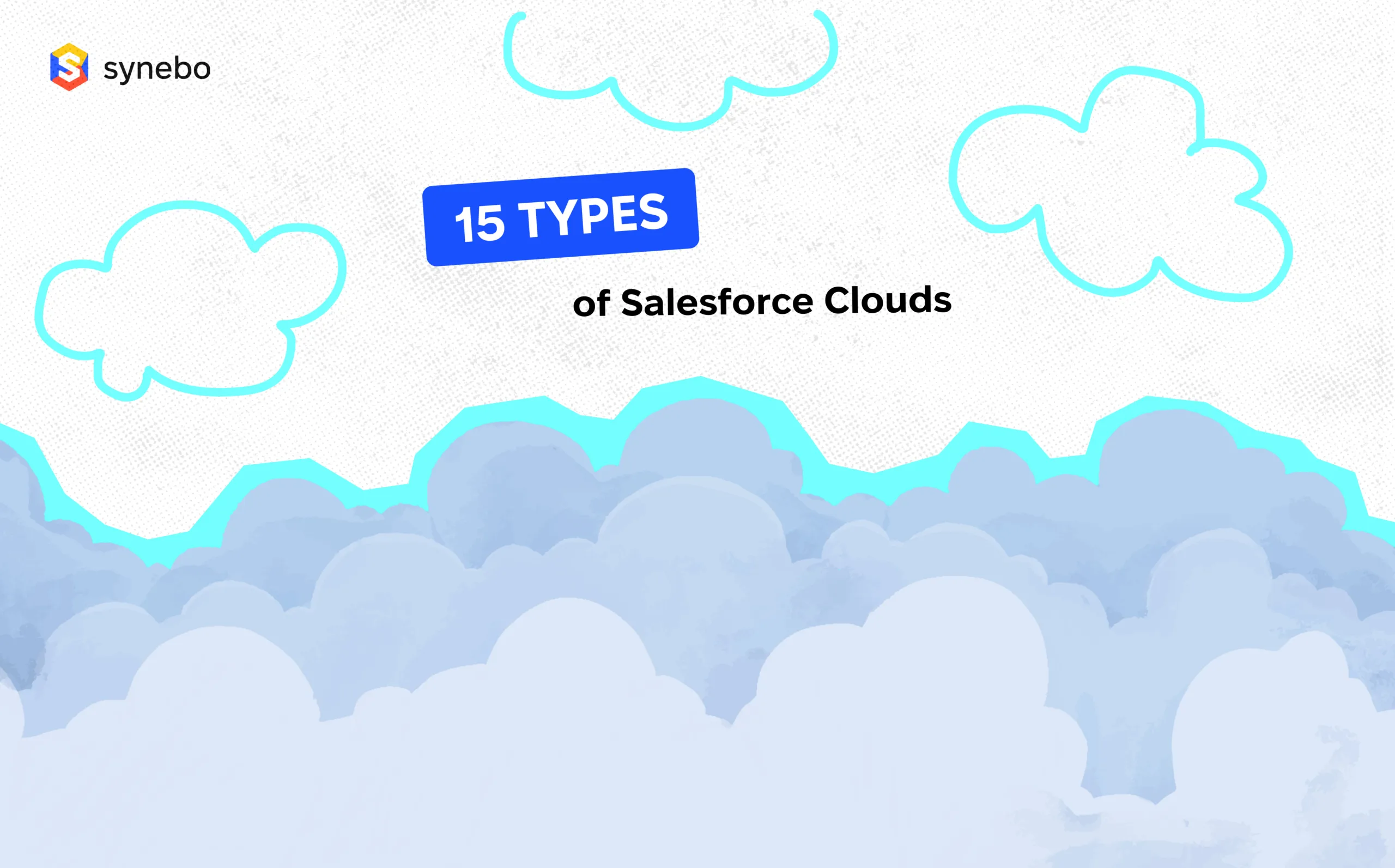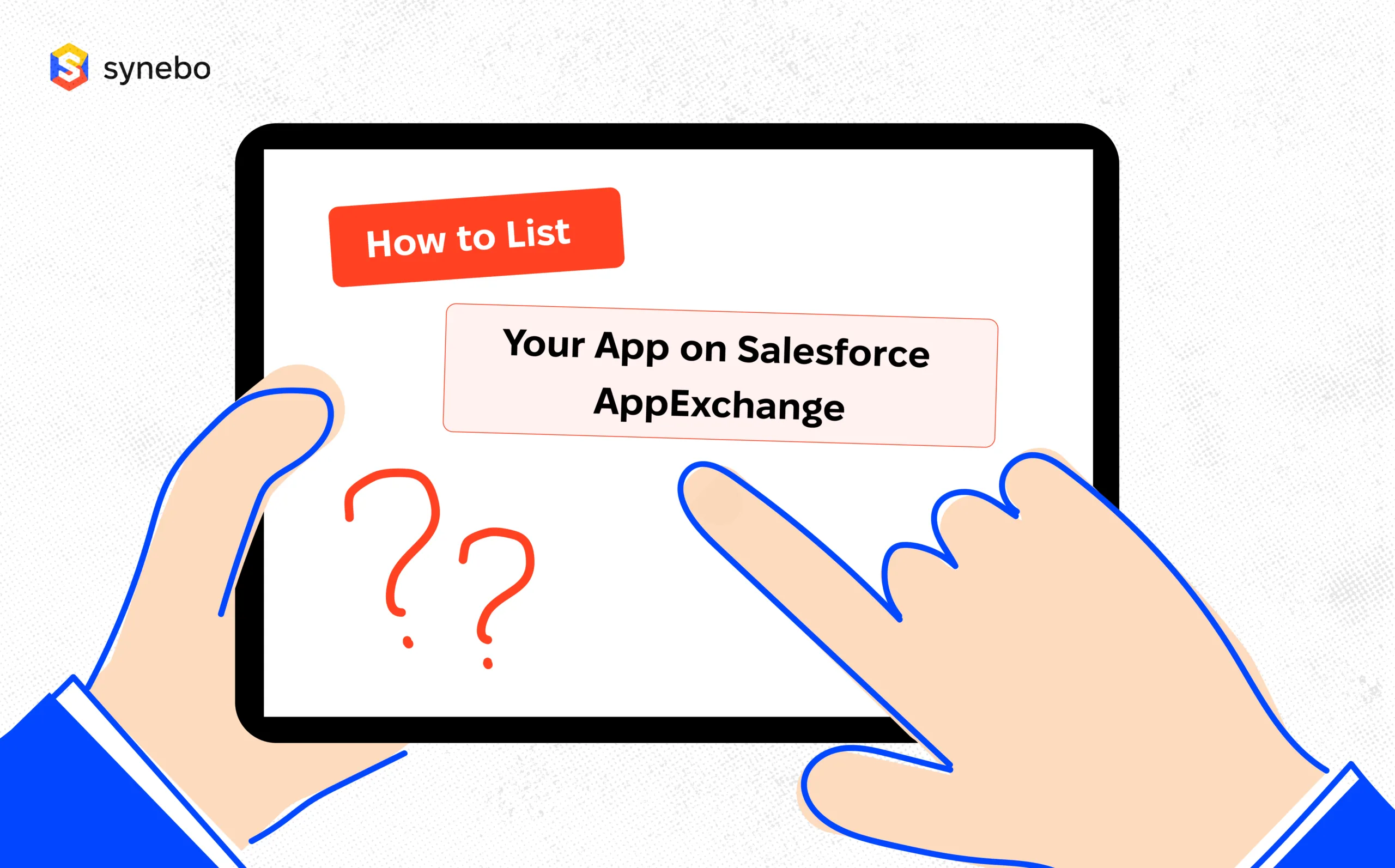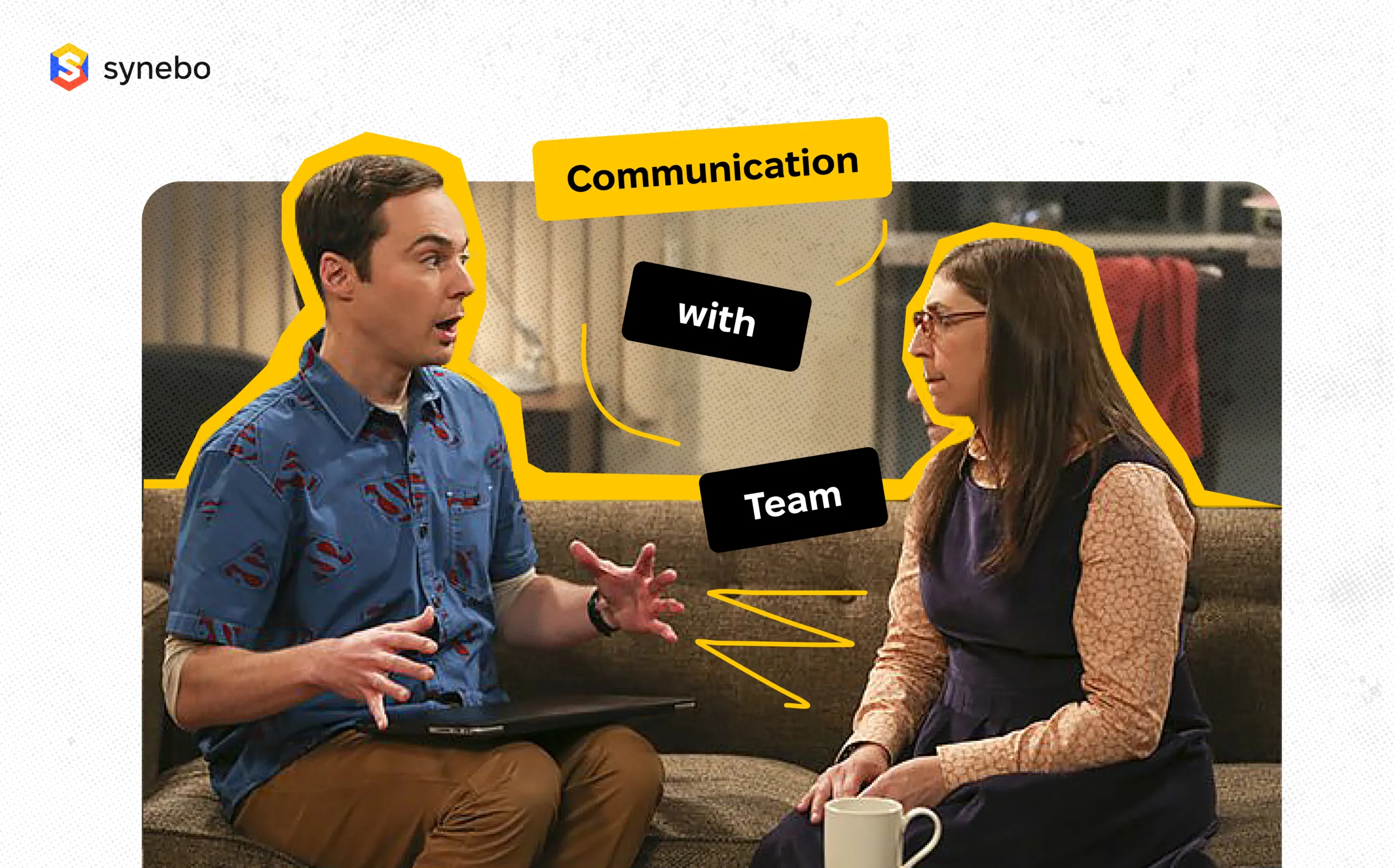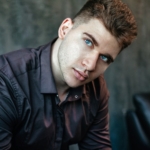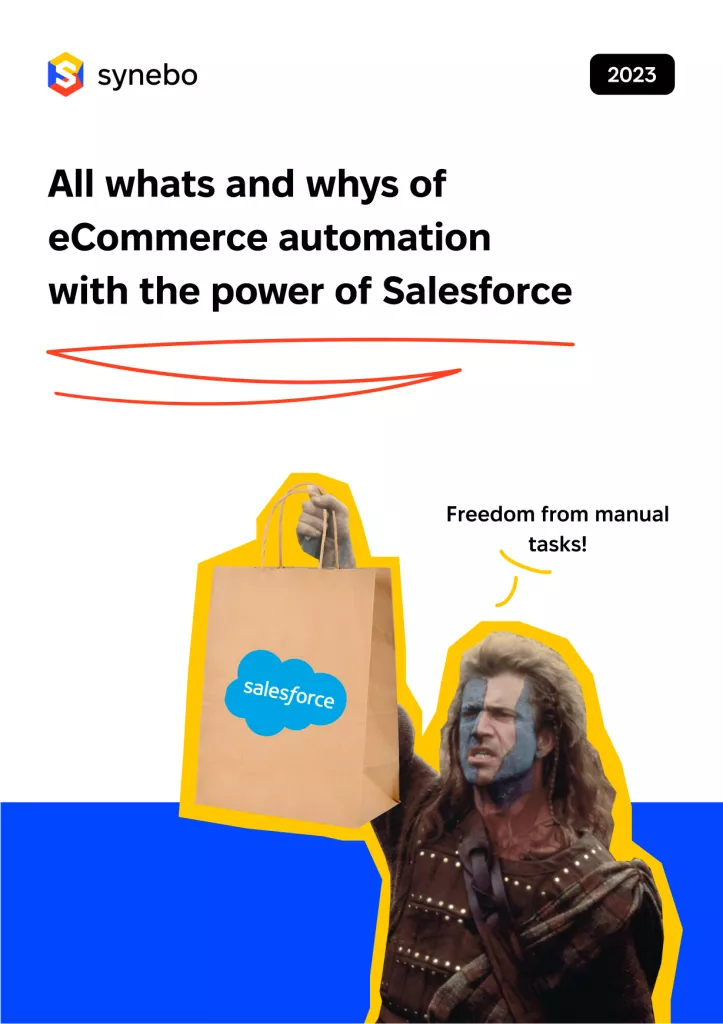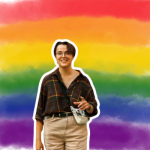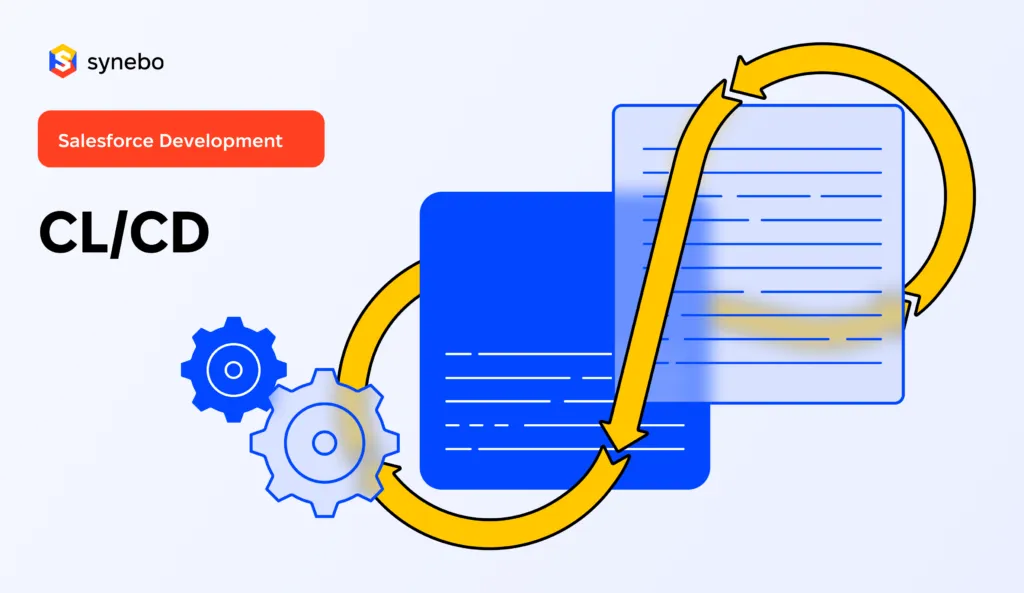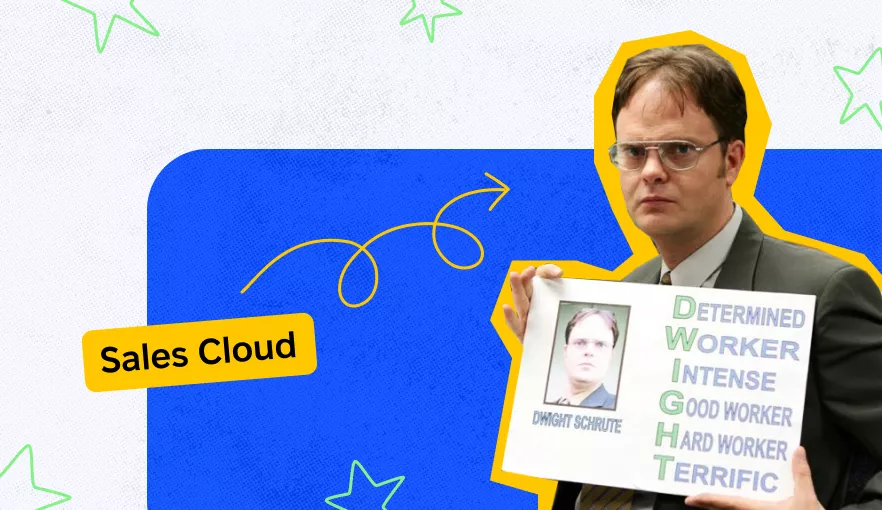How to Build an App for Salesforce AppExchange
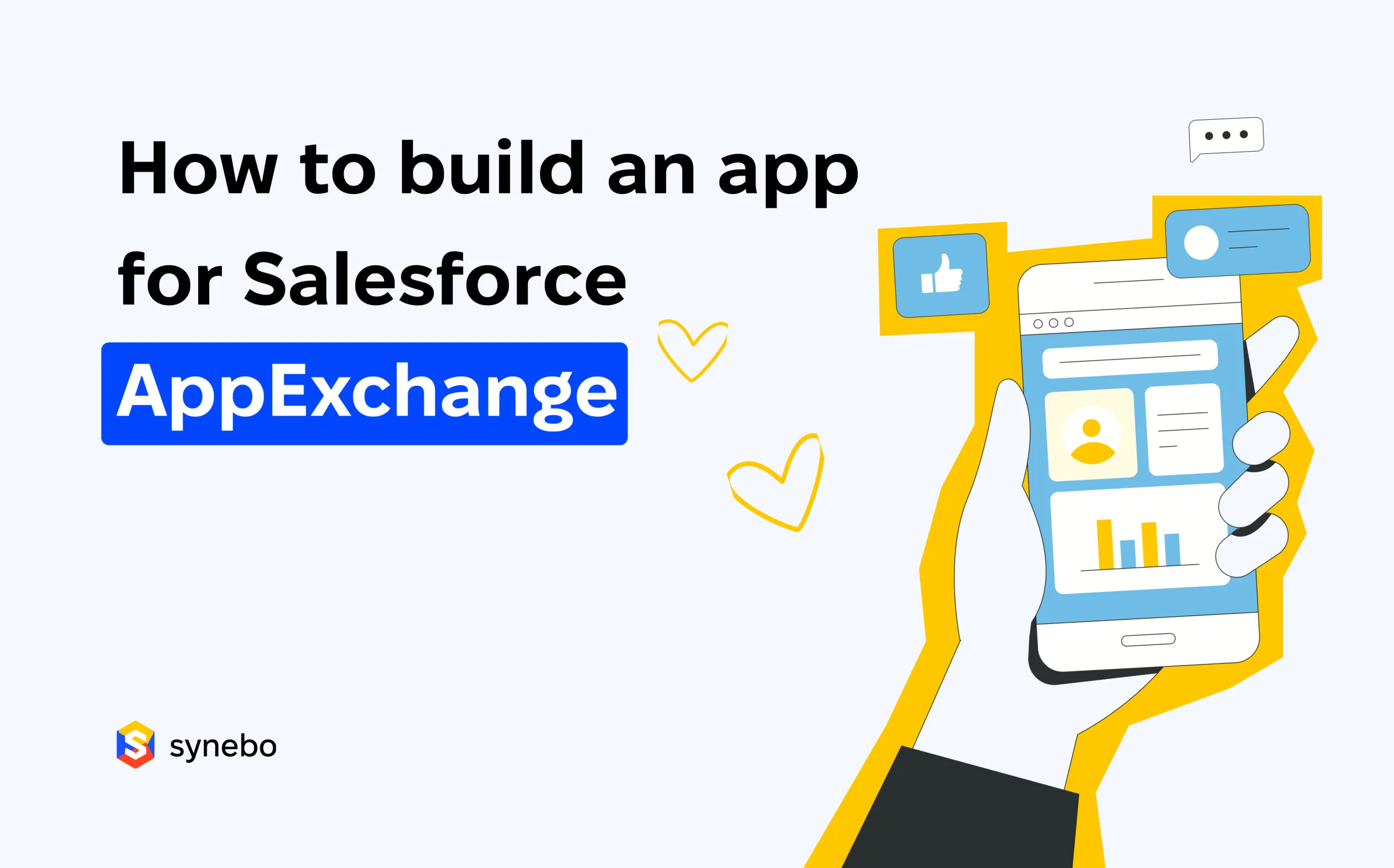
In today’s dynamic digital ecosystem, Salesforce stands as a titan, driving business transformations across industries. The platform’s immense capability is mirrored in AppExchange — a marketplace with apps that cater to every business need.
Salesforce is a learning CRM market vendor, owning a 23.8% market share in 2021. Since that time, its position only strengthened. So, business owners have all good reasons to plan for creating an application, focused on Salesforce.
From this post, you’ll discover about the core tech stack to build Salesforce Apps, review development steps, and learn about business plan and security reviews for Salesforce listing and how to prepare for them.
What is AppExchange App Development Process
The AppExchange App Development Process is a systematic approach employed for the creation, testing, and deployment of applications on Salesforce’s AppExchange platform.
AppExchange is the Salesforce native marketplace, and building an app for it essentially means building a software solution that integrates and extends the functionalities of Salesforce for its users.
Who does AppExchange App Development?
The AppExchange development is carried out by one of the third types of parties that specialize in creating applications for the Salesforce ecosystem. These developers or teams have expertise in Salesforce technologies, including Apex, Visualforce, Lightning Web Components, and Salesforce APIs, as well as a deep understanding of Salesforce’s model.
Here are the parties that conduct AppExchange app development:
- Salesforce developers. Professionals skilled in utilizing Salesforce technologies to build custom solutions, including Apex programming, Visualforce pages, and Lightning components, to enhance the functionality of Salesforce CRM systems.
- Salesforce development companies. Firms specializing in Salesforce consulting and development services, offering expertise in custom app development, integration, and implementation to help businesses maximize their Salesforce investment.
- Independent Software Vendors (ISVs). Companies or individuals that develop, market, and sell their own software products, often creating specialized applications that can be integrated with existing platforms like Salesforce’s AppExchange.
Why You Should Build an App on AppExchange?
Now, let’s get to know some key reasons why you should consider developing an app for app yourself or partnering with an external provider of Salesforce AppExchange development services so they run the project:
#1 Access to a Large Customer Base
AppExchange provides access to millions of Salesforce users across the globe, offering developers a vast potential market for their applications. This extensive user base enables developers to reach a wide audience, increasing the likelihood of adoption and success for their apps.
#2 Ecosystem Integration
Apps developed for AppExchange can seamlessly integrate with the Salesforce ecosystem, enhancing their functionality and value for users. This integration allows for a smoother user experience, as apps can leverage Salesforce’s native features and data, providing more cohesive and efficient solutions.
#3 Revenue Opportunities
Developers have the opportunity to monetize their apps through AppExchange, with options for selling their applications outright or offering them as subscription-based services. This provides a direct revenue stream and the potential for recurring income, making app development a lucrative venture.
#4 Credibility and Visibility
Being listed on AppExchange adds credibility to the app and its developers, as Salesforce reviews and approves all listings to ensure they meet quality and security standards. This endorsement by Salesforce enhances the app’s visibility and reputation, making it more attractive to potential users.
#5 Innovative Platform
Developing on AppExchange allows developers to leverage the latest Salesforce technologies and features, keeping their apps up-to-date and competitive in the market. Salesforce’s continuous innovation provides developers with new tools and capabilities to enhance their apps, ensuring they remain relevant and effective for users.
Core Components and Technologies for Salesforce AppExchange Development
Salesforce is a complex CRM providing software and applications focused on sales. Let’s proceed by learning what unique and conventional development technologies, offered by Salesforce, may come in use when creating an app for AppExchange. Depending on the business idea of an app, whether it’s a CTI integration, a billing system, marketing automation software, etc, you will likely utilize the following options in the process:
Lightning Components (LWC)
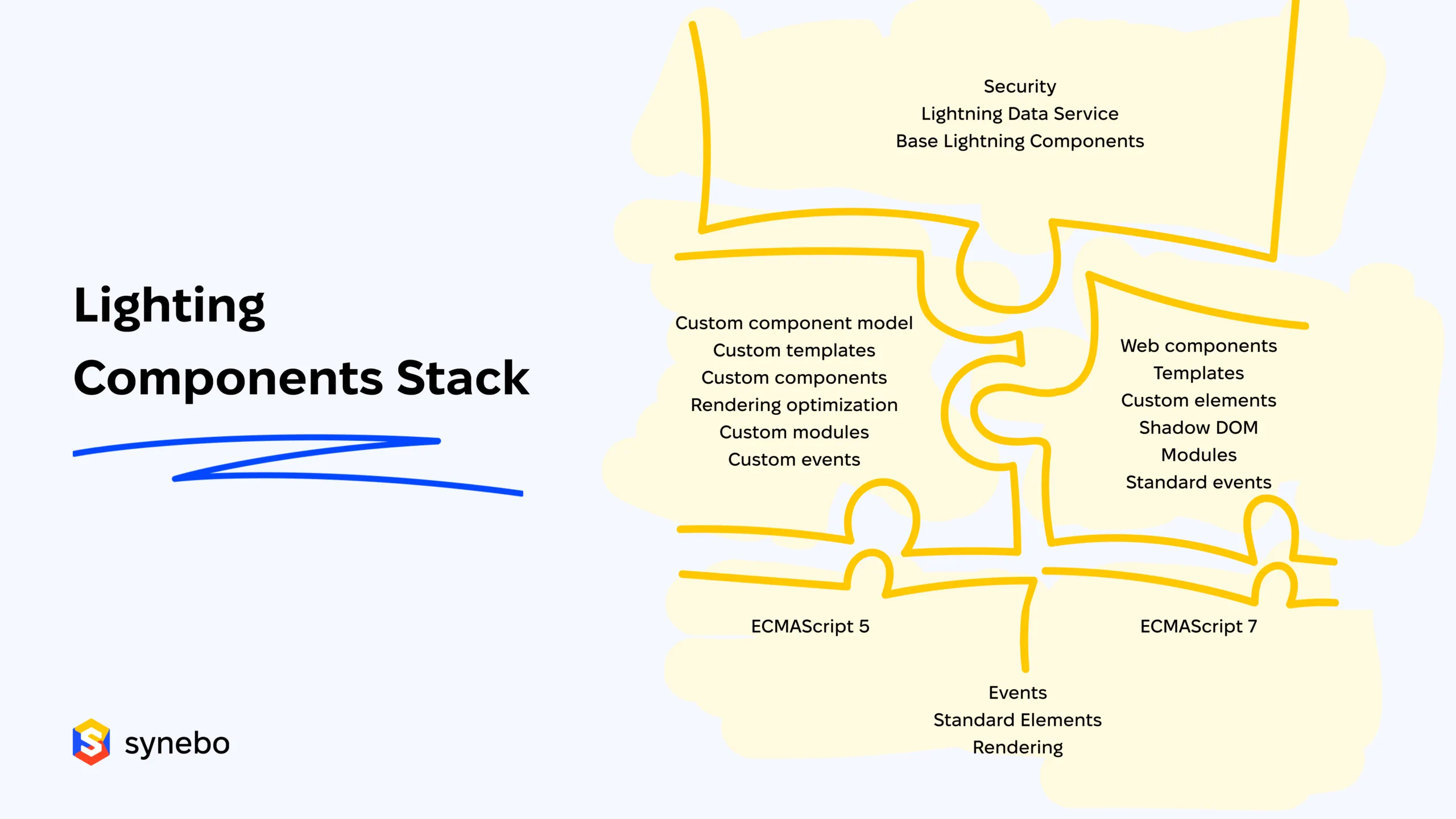
LWC is a modern UI framework for developing dynamic web apps for mobile and desktop devices with no JavaScript required on the client side, ensuring faster performance. The list of lighting components includes:
- Lightning Experience. Salesforce’s modern, intuitive user interface that enhances productivity. Provides an improved look and feel, streamlined navigation, and allows customization to fit individual user or company needs.
- Lightning App Builder. A drag-and-drop tool allowing users to create and customize Lightning pages for the Salesforce mobile app and Lightning Experience. Simplifies app creation without needing deep technical expertise.
- Lightning Component Framework. A UI framework for developing web apps for mobile and desktop devices. Enables the creation of single-page applications with dynamic, responsive interfaces and client-side logic.
- Lightning Design System. Provides guidelines and best practices for building applications with a consistent look and feel. Offers design tokens, icons, and pre-built components to ensure UI consistency.
- Lightning Connect. A service that facilitates seamless integration of external data sources with Salesforce. Enables real-time access to data in external apps, without data replication, using OData protocol.
Remarkably, LWC was used by Synebo in our case of CPQ package AppExchange development for a provider of document automation software — PandaDoc.
APIs (Application Programming Interfaces)
APIs are a set of tools and protocols allowing different software applications to communicate with each other. They enable developers to establish connections, ensuring smooth data flow and interaction among platforms. APIs also define the methods and structures that developers can use, fostering integrations with external systems, real-time data synchronization, and the potential to broaden software functionality.
Salesforce provides a comprehensive API library that can cover a variety of development and integration needs. Here’s a deeper look into Salesforce’s API offerings:
- REST API
- SOAP API
- Bulk API
- Streaming API
- Tooling API
- Metadata API
- Chatter API
- Apex REST
In today’s digital age, APIs play a pivotal role in ensuring that software solutions remain flexible and can seamlessly interoperate. They are the backbone of many digital ecosystems, allowing systems to evolve without causing disruptions to existing integrations. When correctly implemented, they enhance software scalability, responsiveness, and overall user experience.
Apex
Apex is Salesforce’s unique, proprietary programming language. With Apex, developers can execute flow and transaction control statements directly on Salesforce’s servers. This server-side execution is in sync with calls made to the API, ensuring a harmonized operation and optimized performance.
Apex provides a robust and secure environment for developing intricate business logic, custom extensions, and additional application features. By leveraging this programming language, businesses can fine-tune their Salesforce experience, creating tailored business solutions that cater to their unique operational needs.
Flow Builder
Salesforce Flow Builder is a user-friendly automation tool offering a visual interface for users to create business processes without coding. Its drag-and-drop feature ensures users, even without technical skills, can design flows tailored to business needs, streamlining tasks.
Furthermore, Flow Builder’s power is its integration within the Salesforce ecosystem. It connects seamlessly with Salesforce components, unifying automation across the platform. For businesses seeking to optimize their Salesforce usage without deep coding, Flow Builder bridges the divide between technical and non-technical users.
Looking for a trusted provider of Salesforce consulting services? Drop Synebo team a line and let’s discuss!
On top of LWC, Apex, the vast library of APIs, and so on, a developer should be able to utilize tools and environments, specific to Salesforce. They include the following:
Salesforce Developer Edition
A fully functional Salesforce environment used for development and testing purposes. It provides a standalone environment ideal for AppExchange development without affecting live data or configurations.
ISV Developer Edition
This environment is tailored for Independent Software Vendors (ISVs) planning to build AppExchange apps. It has increased limits and features to facilitate commercial app development.
Scratch Orgs
These are temporary Salesforce environments specifically designed for source-driven development. They enable developers to create and test the next-generation of managed packages efficiently. Scratch Orgs are a key feature of the Salesforce DX environment.
Version Control Systems
These are essential for tracking and managing code changes. One of the examples is GitHub — a popular platform for hosting and reviewing code, managing projects, and building software alongside millions of other developers. Another instance here is Bitbucket — a web-based platform used for version control and collaboration to facilitate the development of multi-contributor projects.
Salesforce DX (Developer Experience)
Salesforce DX (Developer Experience) is a modern set of tools and practices that aims to improve and enhance the way developers work on the Salesforce platform. Salesforce introduced DX to address the unique challenges posed by cloud-based development, aiming to provide a more flexible and efficient experience. By emphasizing source-driven development, team collaboration, and continuous delivery, Salesforce DX transforms the traditional development lifecycle.
Each of the listed tools and environments offers unique capabilities that streamline the Salesforce app development process, ensuring efficiency, accuracy, and scalability.
If you’re curious about the Salesforce experience cloud and what you can get from it, explore our other blog post.
How to Build Salesforce Apps for AppExchange?
Most stages for creating Salesforce software are hardly different from the development of any other software solution. Let’s take a look at key steps, with an emphasis on ones, specific to Salesforce-oriented development:
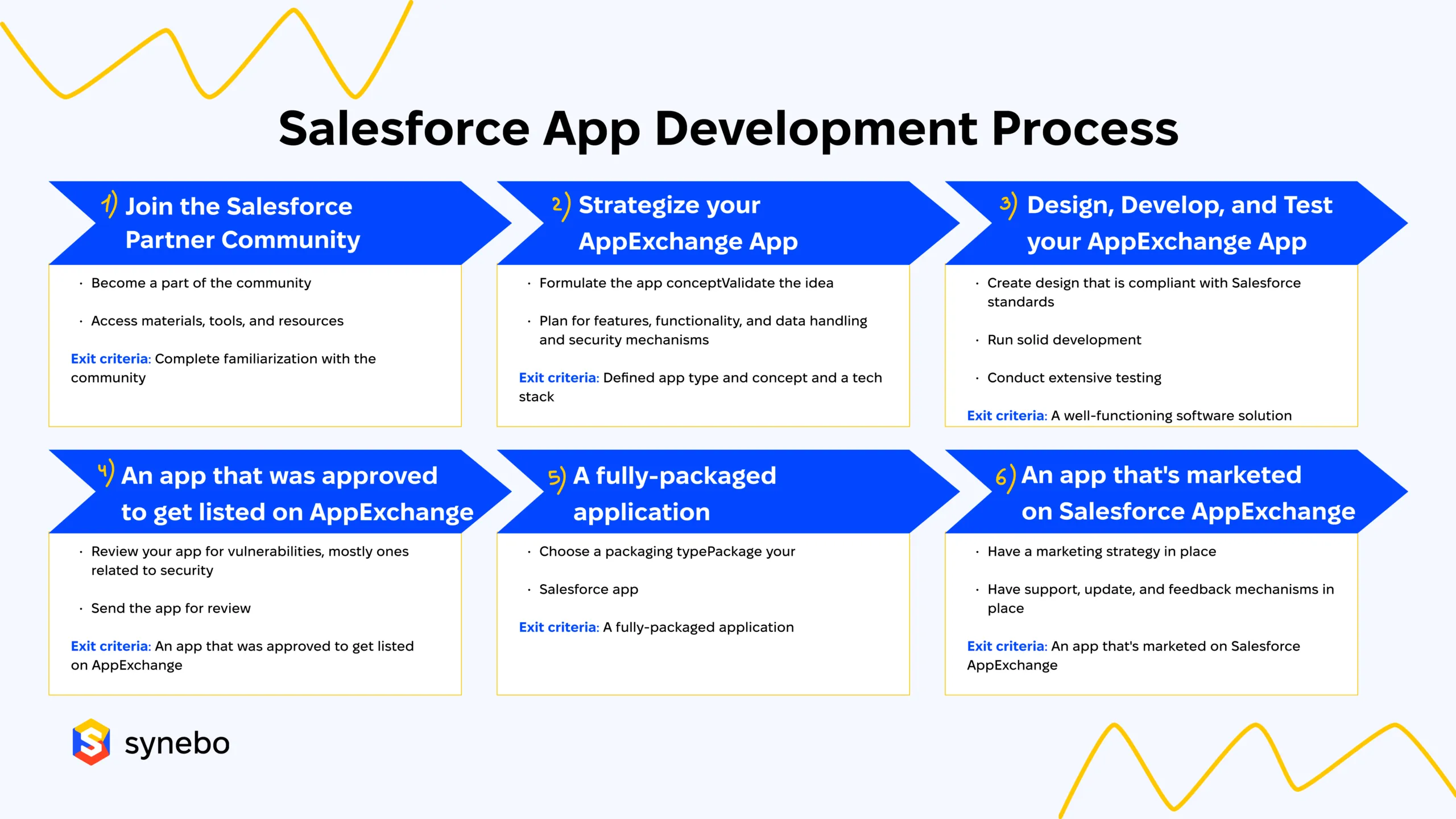
Step 1: Join the Salesforce Partner Community
Becoming a member of the Salesforce Partner Community is the initial step to get started. This community provides a wealth of resources tailored for developers, entrepreneurs, and businesses, offering insights, collaboration opportunities, and tools.
As a member of the Salesforce Partner Community, you gain access to invaluable documentation, best practices, guidelines, and the tech stack listed above. The usage of the provided materials and resources will help ensure that your app aligns with Salesforce standards.
Besides, you’ll have the chance to network with experienced developers and Salesforce professionals, fostering collaboration and enhancing your app’s development process.
Step 2: Strategize your AppExchange App
Probably the most critical aspect, on which we’ll elaborate in the following steps and below sections, is to list on Salesforce AppExchange. In order for it to happen, a company must strategize for it on the stage of ideation and idea validation.
So, formulate the concept of your app and compare it with the ISV policy of Salesforce and with apps already listed on Salesforce AppExchange. Ideally, you should ensure that the functionality, customer data handling and security mechanisms, ethical approaches to sensitive matters, and anything else you intend to use, have already been utilized by other product owners. This will mean that any aspect of the intended software solution won’t prevent you from passing business plan and security reviews.
In this step, you should have defined an app type and concept and the Salesforce edition for the app as well as shortlisted tools required for app development.
Step 3: Design, Develop, and Test your AppExchange App
Once you’re an integral part of the partner community and have it all well-planed for the future, you can begin the core step:
- Design phase. Translate your app concept into a tangible design. Ensure alignment with Salesforce’s user interface and experience standards.
- Development Phase. Utilize your tech stack to transform design into code. Don’t forget to follow Salesforce best practices and develop iteratively, incorporating feedback.
- Testing phase. Conduct exhaustive tests to ensure functionality, compatibility, and performance. Address identified bugs or issues before moving to the next stage. Don’t hesitate to use testing environments provided by Salesforce.
You can access more information about the development phase of the Salesforce App building from another our blog post.
Step 4: Prepare your App for AppExchange Review
Before listing your app on AppExchange, Salesforce subjects it to a comprehensive review, ensuring it adheres to the platform’s security and quality standards. Detection of any vulnerabilities or non-compliant functionalities can lead to a failure to pass a security or business plan review, which we’ll discuss in more detail in the following section.
You also will need to run security scanning on the portal. The Partner Security Portal provides access to two Salesforce-supported scanners: the Source Code Scanner and the Chimera scanner service.
Step 5: Package the App for Distribution
Once your app has been developed and prepped for review, it’s time to package it for distribution. Packaging involves bundling all the components of your app, making it distributable to potential users and other Salesforce instances. Salesforce offers tools to assist with this process.
It’s worth noting that unmanaged packages cannot be distributed via AppExchange, so despite you can choose between packaged or unpackaged apps, you still need to stick to the first option in order to get listed on AppExchange.
Step 6: Commercialize your App
After packaging, it’s time to introduce your app to the world:
- Listing on AppExchange: Naturally, AppExchange is the primary platform to showcase your app to Salesforce’s vast user community.
- Pricing strategy: Decide on an approach: free, freemium, or premium. Ensure that pricing reflects the app’s value proposition and market demand.
- Support and updates: Offer timely customer support and release regular updates based on user feedback and evolving needs.
- Marketing and promotion: Engage with the Salesforce Partner Community for promotional opportunities. Utilize various channels, both within and outside the Salesforce ecosystem, to market your app and gain traction.
- Feedback loop: Actively seek feedback from users and early adopters. Iterate and enhance the app based on feedback to improve user satisfaction and drive growth.
By following these steps you will end up having a well-marketed solution listed on Salesforce AppExchange.
Are you looking for an experienced provider of Salesforce services to drive your project? Drop Salesforce engineers from Synebo a line.
Challenges of Building an App and Listing It on Salesforce AppExchange
Without further ado, developers for Salesforce exchange will normally meet obstacles related to the mere creation of a software application, like performance optimization, user experience, scalability, etc. Yet, the nature of the Salesforce AppExchange listing presents two other challenges we need to pay greater attention to. They include:
Business plan review
Building an app for Salesforce AppExchange requires not just adept technical execution but also a well-thought-out business strategy. The business plan review, which is a mandatory stage prior to getting approved for listing on Salesforce AppExchange, delves deep into:
- Distribution model: Whether the app is free or paid plays a significant role. Salesforce, in its current policy, underscores that the distribution and business model are vital aspects of any AppExchange app.
- Marketing information: Ensuring that the app is positioned well within the market, has effective marketing collaterals, and caters to a genuine need in the Salesforce community.
- Logs and materials: Documentation, user manuals, and other supportive materials are scrutinized to ascertain their clarity and comprehensiveness.
Remarkably, 90% of applications face substantial issues at this juncture, many of which are challenging or even impossible to resolve. It’s imperative to have a 100% ready business model even before development starts. Failure to ace this stage, particularly in terms of distribution and business model, can derail the entire listing process.
Security review
Post the business plan, the next paramount challenge is the security review. This phase ensures that the technical components of the app meet Salesforce’s stringent security standards. Not all technical mechanisms are permitted on AppExchange due to security concerns.
During the security review, Salesforce conducts an exhaustive security check of the app. Unlike business plan issues, technical vulnerabilities or security lapses are addressable and can be fixed with expert vendors of salesforce development services like Synebo.
It’s worth remembering that if an app passes the security review, challenges or inadequacies in the business plan review can doom its chances of being listed on AppExchange. Now you know the score.
Final Take
To create your app for Salesforce AppExchange, you need to be part of the Salesforce community and have proficiency in the components and instruments this development ecosystem provides. Strategize for your app in advance, use the assistance of trusted Salesforce development vendors, and you’ll fast business plan and security reviews with flying colors.
Should you require assistance with any aspect of Salesforce development or just need consulting services, reach out to Synebo. With over 1000 Salesforce projects completed, we are ready, willing, and able to contribute to your success.







